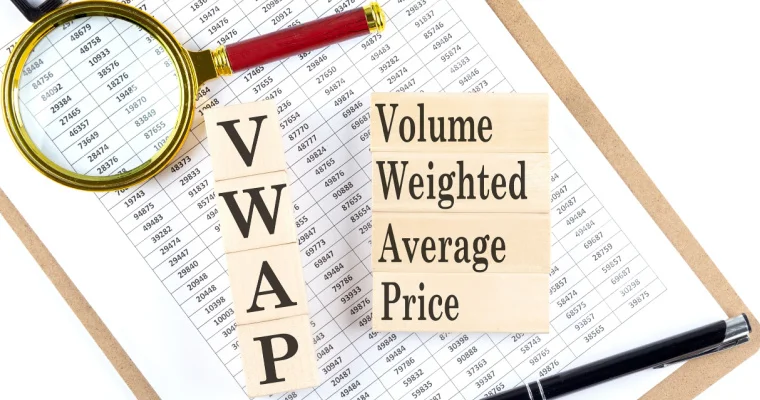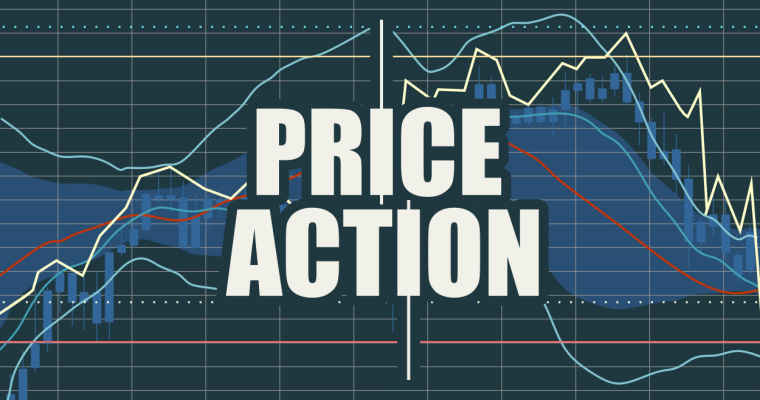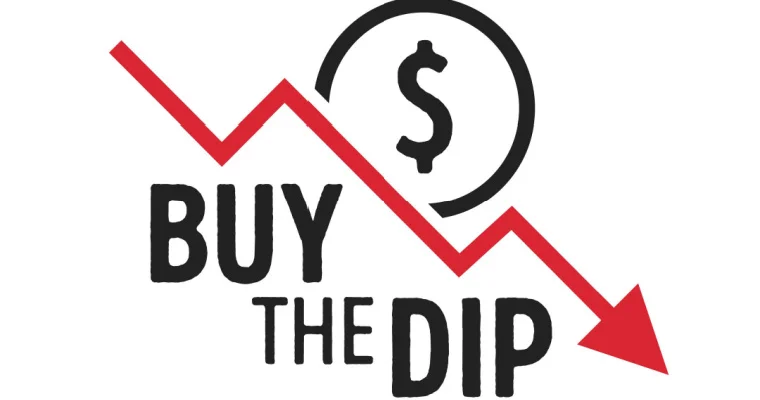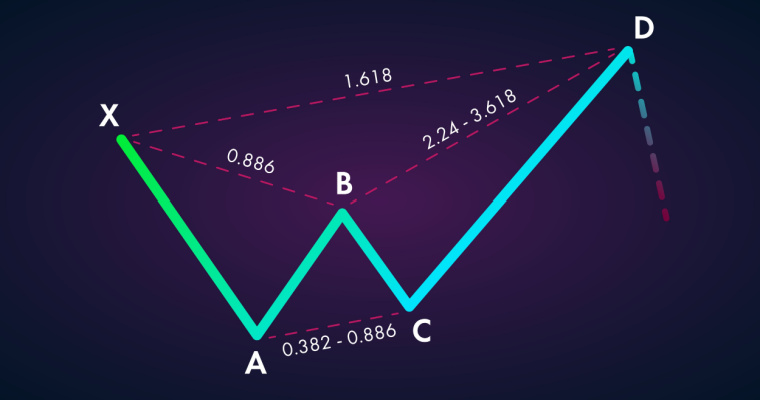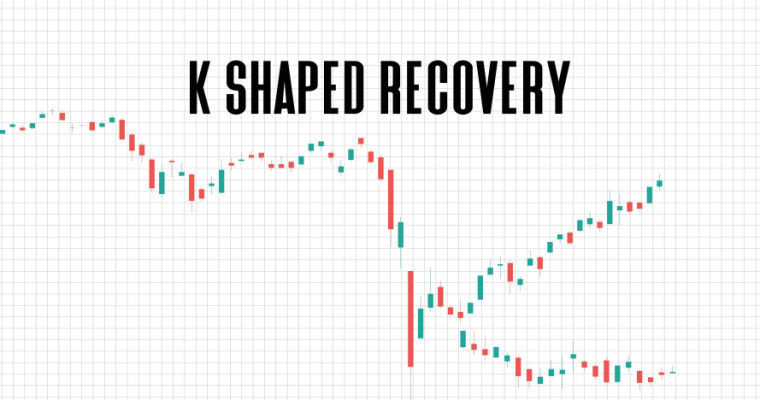What Is PB Ratio – Its Formula, Calculation And How to Use It to Evaluate Companies

One way to know if the stock is under/overvalued is to examine a company’s Price-to-Book ratio or P/B ratio. It is used by investors to determine if a company’s stock price is appropriately valued. A P/B ratio of 1 indicates that the stock price is in accordance with the company’s book value. A P/B ratio with a value lower than 1 indicates that a company may be undervalued. And, a P/B ratio higher than 1 indicates that the stock price is trading above the company’s book value.
Here’s a detailed guide on P/B ratio for investors. Read on to get all the information you need!
Significance of P/B Ratio
According to some analysts, a P/B ratio of less than one implies that a company is undervalued and may be ready for a price rise. A ratio of one may suggest “fair” pricing, in which the market value equals the book value of the company. A P/B ratio of 1 or above may indicate that the market value is high and is about to drop. A ratio of 3 or more indicates an extremely strong overvaluation suggesting selling the stock at the current price level.
However, establishing a single standard for “excellent” or “poor” P/B ratios is difficult. Every industry has its own unique range. What is regarded as high in one field may be regarded as low in another.
This is due to the fact that a manufacturer will have far more assets on its books than, say, a services firm. A trucking company, for example, will have more overhead costs than an online bank.
Such distinctions may result in unrealistic company-to-company comparisons. While P/B ratio analysis can be beneficial in comparing company valuations, investors must be careful to compare ‘apples to apples or firms in related industries.
This is one of the reasons why the P/B ratio is a measure to be used in tandem with others, as it is just one of the various indicators of relative valuation.
What Does the Price-to-Book Ratio Reveal?
The price-to-book ratio, as stated above, compares a company’s market value to its book value. If a corporation monetises all of its assets in order to repay its debts, we will obtain its book value, whereas the market value is ascertained by multiplying the company’s share price by the number of outstanding shares.
The P/B ratio expresses market participants’ perceptions of a company’s equity with respect to its book value of equity. The amount available for distribution to shareholders is referred to as the book value of equity.
The book value of equity displays historical data of issued equity and other assets. It is difficult to say that a company has a strong price-to-book ratio because this ratio varies by industry. There is no exact numerical value that can be used to determine if a stock is undervalued or a worthwhile investment.
However, it is highly useful for investors to identify various P/B value ranges and also examine some other elements in order to effectively understand the P/B value and evaluate a company’s growth potential. Some investors, for example, consider any value less than 1.0 to be a good P/B ratio, indicating a possibly undervalued stock, while others may consider 3.0 or less to be the standard.
P/B is frequently combined with return on equity (ROE), as these are considered to be reliable growth indicators. Any discrepancy between the two, such as irregular signs, indicates a significant risk of investing in the company. A low ROE and a high P/B ratio indicate that the company is overvalued. If one of them is increasing, the other should as well. Value investors regard the P/B ratio to be a very useful indicator for investment.
Also Read
How to Calculate the P/B Ratio
As mentioned earlier, the price-to-book ratio establishes the connection between the entire value of a company’s outstanding shares and the net worth of its assets, as indicated in the Balance Sheet.
As a result, investors must first calculate the market capitalization of a firm by multiplying the current market price of its stocks by the total number of outstanding shares.
Thus,
Market capitalisation = Market value of stock * Number of shares outstanding
Second, investors must ascertain the net worth of an organization’s assets. To do so, they must add the book values of all assets on a balance sheet and subtract the total value of all debts and obligations.
Therefore,
Book value of assets = Total Assets – Total Liabilities
In an indirect way, this value symbolises an organization’s equity value. The price-to-book ratio formula is therefore given by:
P/B Ratio = Market capitalization / Book value of assets
Alternatively, investors can calculate this ratio as follows:
P/B Ratio = Market price per share / Book value of assets per share
Example of How to Use the P/B Ratio
Suppose a firm has Rs.150 crore in assets and Rs.100 crores in liabilities on its balance sheet. That company’s book value is computed to be Rs.50 crore (Rs.150 crore – Rs.100 crores). Now, assume that there are 15 million shares outstanding; each share would therefore be worth Rs.3.33 in book value. Assuming each share is worth Rs.6.66 on the market, the market price is worth twice the book value. This is an example of how to calculate the P/B Ratio.
The Difference Between an Equity’s Market Value and Book Value
Previously, accounting principles did not account for brand image and other intangible assets. It does, however, account for this when the assets are obtained through acquisitions. Some costs spent by a company are treated differently according to accounting principles, which has an impact on the market value of such a company’s equity. Here, the company’s market value exceeds its book value, resulting in a P/B ratio greater than one. However, some circumstances, such as financial incapacity, insolvency, and others, may explain a firm’s P/B ratio that is less than one.
There is also a significant disparity between market and book equity values, for example, when corporations pay R&D expenses. As a result, a company’s book value is reduced. On the other hand, these costs can result in significant productions or patents that provide royalty revenue. While accounting principles promote a conservative approach to cost capitalization, market participants may raise the stock price as a result of such a development.
Also Read
Limitations of the P/B Ratio
Since book value is often historical data, the ratio would be regarded as a lagging indicator. As a result, one can focus on other ratios, such as the price-to-estimated earnings, sometimes known as the leading or forward price-to-earnings ratio. The forward P/E ratio calculates a multiple for valuing a company on the basis of its projected earnings for a particular time period, usually one year ahead of the current fiscal or calendar year.
Final Word
A price-to-book ratio can reveal if a particular company is a good buy in comparison to others in its industry sector or even the market as a whole. It can tune out speculative noise that is now distorting prices up or down by focusing on fundamentals (the book value) rather than the share price. Comparing the P/B ratio of a particular firm through time might help predict whether it will perform better or worse going ahead. However, the P/B ratio is merely one method of evaluating a stock and should be used in conjunction with other indicators to improve the accuracy of the results.
Want to secure your financial future? Check out Navi Mutual Fund for low-cost diverse funds and the chance to get exposure to international markets. Start SIP at just Rs.10. Download the Navi app now!
FAQs
Ans: The price-to-book ratio (P/B ratio) is among the several indicators used by investors and analysts to determine the value of a firm. P/B ratio meaning is a company’s share price divided by its book value to determine if a stock is trading under or over the market value.
Ans: The price-to-book value ratio is used by investors to determine if a company’s stock price is appropriately valued. A P/B ratio of 1 indicates that the stock price is in accordance with the company’s book value. A P/B ratio with a lower value than 1 indicates to investors that a company may be undervalued. Lastly, a P/B ratio higher than 1 indicates that the stock price is trading above the company’s book value.
Ans: The Price to Book Value ratio establishes the connection between the entire value of a company’s outstanding shares and the net worth of its assets, as indicated in the Balance Sheet. Thus, it can be P/B ratio formula is given as: P/B Ratio = Market capitalization / Book value of assets OR P/B Ratio = Market price per share / Book value of assets per share
Ans: Since book value is often historical data, the ratio would be regarded as a lagging indicator. As a result, one can focus on other ratios, such as the price-to-estimated earnings, to calculate future forecasts.
Want to put your savings into action and kick-start your investment journey 💸 But don’t have time to do research? Invest now with Navi Nifty 50 Index Fund, sit back, and earn from the top 50 companies.
Disclaimer: Mutual Fund investments are subject to market risks, read all scheme-related documents carefully.
This article has been prepared on the basis of internal data, publicly available information and other sources believed to be reliable. The information contained in this article is for general purposes only and not a complete disclosure of every material fact. It should not be construed as investment advice to any party. The article does not warrant the completeness or accuracy of the information and disclaims all liabilities, losses and damages arising out of the use of this information. Readers shall be fully liable/responsible for any decision taken on the basis of this article.

Customer’s Feedback
No comments found.Illiquid Stocks Guide: Definition, Examples, and its Working
Illiquid stocks are part of a long-term investment strategy that is appropriate for investors who a... Read More »What is Shooting Star Candlestick Pattern in Trading?
The shooting star candlestick pattern is considered to be a bearish reversal candlestick ... Read More »What is VWAP Indicator and How to Use it for Trading
The VWAP indicator shows the volume-weighted average market price of a particular stock. You can us... Read More »What is Price Action Trading: Its Strategy, Stop Loss and Profit Targets
Price action trading is a methodology in which the trader solely relies on analysing a security’s... Read More »What is Buy the Dip Strategy in Trading – Working and Example
‘Buy the dip’ is one of the most common phrases in the stock market. It is sort of a go-t... Read More »What is the Black Scholes Model – Formula, Calculation and Assumptions
Among the important concepts in modern financial theory, the Black Scholes model, developed in 1973... Read More »What is Iron Condor and What are its Strategies?
Iron Condor is an options trading strategy that involves four options with the same expiration date... Read More »What is Harmonic Pattern and How Does it Help in Trading?
Harmonic patterns are one of the most efficient and effective trading patterns. Although they are m... Read More »What is a Contract Note and Why is it Important?
Contract note is a legal document containing the details of every stockbroker's trade on a stock ex... Read More »What is K-shaped Recovery: Indication, Example and
Economies go through multiple phases in business cycles. One such phase is a recession which is mar... Read More »Guide to Book Building – Its Types, Benefits and Process
Initial public offerings (IPOs) are priced as specified by their underwriters. The process by which... Read More »Support and Resistance in Trading: Working, Strategies, Uses and Example
Support and resistance are two of the most significant and practical concepts in technical analysis... Read More »Top 10 Chit Fund Schemes in India in 2023
Chit funds are one of the most popular return-generating saving schemes in India. It is a financial... Read More »10 Best Gold ETFs in India to Invest in April 2023
Gold ETFs or Gold Exchange Traded Funds are passively managed funds that track the price of physica... Read More »10 Best Demat Accounts in India for Beginners in 2023
Creation of Demat accounts revolutionised the way trades were conducted at the stock exchanges. It... Read More »20 Best Index Funds to Invest in India in April 2023
What is an Index Fund? An index fund is a type of mutual fund or exchange-traded fund (ETF) that... Read More »Best Arbitrage Mutual Funds to Invest in India in April 2023
Arbitrage funds are hybrid mutual fund schemes that aim to make low-risk profits by buying and sell... Read More »10 Best SIP Plans in India to Invest in April 2023
What is SIP? SIP or Systematic Investment Plan is a method of investing a fixed amount in ... Read More »10 Best Corporate Bond Funds in India to Invest in April 2023
Corporate bond funds are debt funds that invest at least 80% of the investment corpus in companies ... Read More »10 Best Bank for Savings Account in India [Highest Interest Rate 2023]
Savings account is a type of financial instrument offered by several banks. It lets you safely depo... Read More »
















